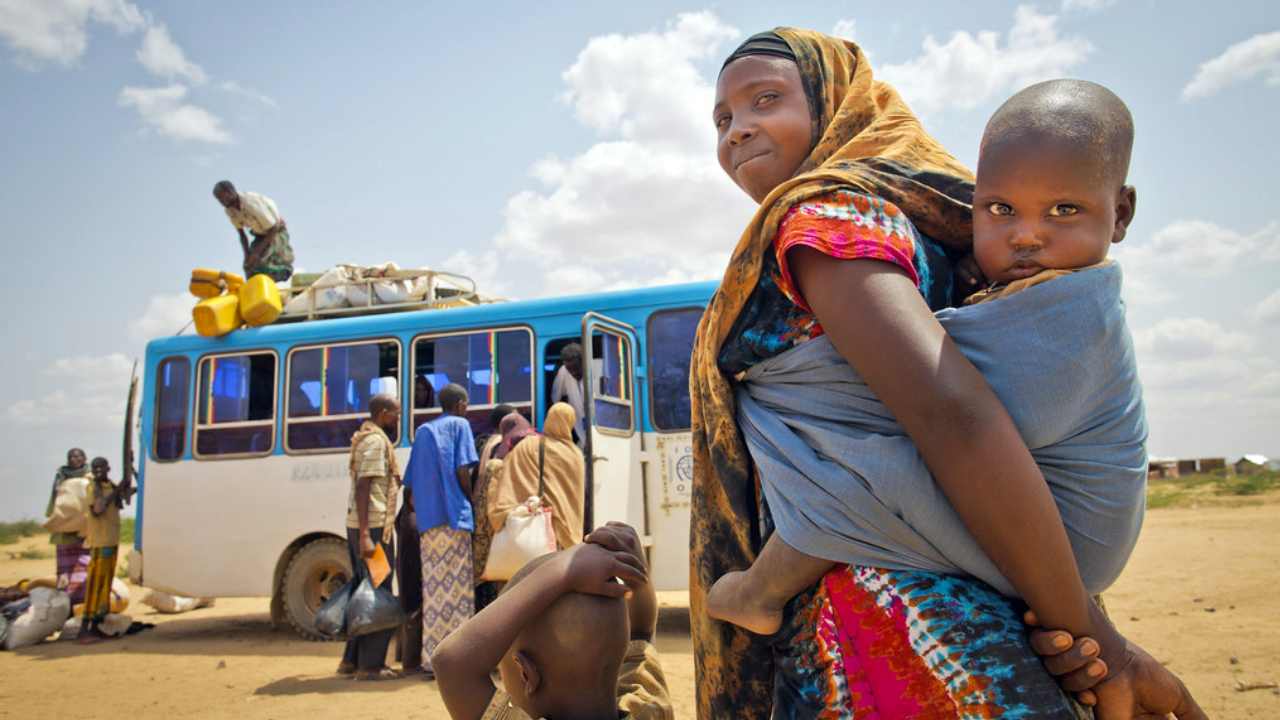Around 59.1 million people were registered as internally displaced worldwide in 2021 — an all-time record expected to be broken again this year amid mass displacement in Ukraine, according to a joint report by the Internal Displacement Monitoring Centre and the Norwegian Refugee Council.
Over the past 15 years, disasters have caused most internal displacement, with annual figures significantly higher than those related to conflict and violence.
The year 2021 was no exception – 23.7 million internal displacements, mostly in Asia-Pacific, resulting from weather events including floods, storms and cyclones. With the expected impacts of climate change and without ambitious climate action, the numbers are likely to rise in coming years, the IOM estimates.
Conflicts and violence caused 14.4 million internal displacements in 2021, an increase of almost 50% compared to the previous year. The majority of internal displacement has taken place in Africa, particularly in Ethiopia and the Democratic Republic of the Congo, with violence and conflict in Afghanistan and Myanmar also displacing unprecedented numbers of people.
This year’s report has a particular focus on children and young people in situations of internal displacement, who represent more than 40% of the total number of displaced people in 2021. The report explores the impacts of internal displacement on their well-being and their future and fills the data and knowledge gaps that are critical to finding durable solutions that address the risks and impacts of displacement on children and young people, and ultimately contribute to building more resilient and sustainable societies.
Gaps remain in the way we understand and address internal displacement in conflict and disaster contexts.
IOM has partnered with IDMC and provides reliable and accurate data through its Displacement Tracking Matrix (DTM), the world’s largest source of primary data on internal displacement. Building on a longstanding relationship, IOM and IDMC signed a global partnership in 2018 to join forces to improve data and accelerate policymaking and action on displacement internal.
Since 2020, IOM has also co-chaired the International Data Alliance for Children on the Move (IDAC), a coalition of governments, international and regional organizations, NGOs, think tanks, academics and representatives of civil society to improve statistics and data on migrants and forcibly displaced children. Understanding, managing and adapting to human mobility trends is key to ensuring that humanitarian aid and essential services reach people where they are needed most.





























